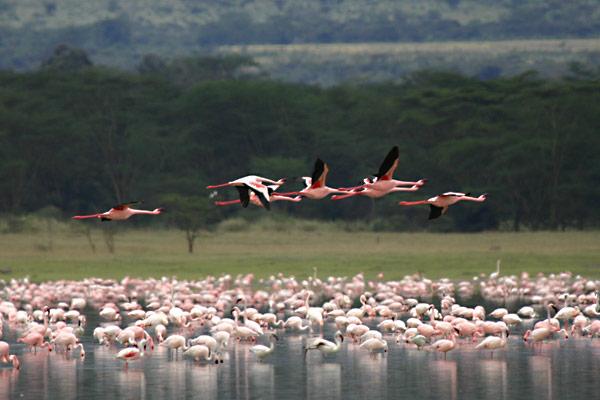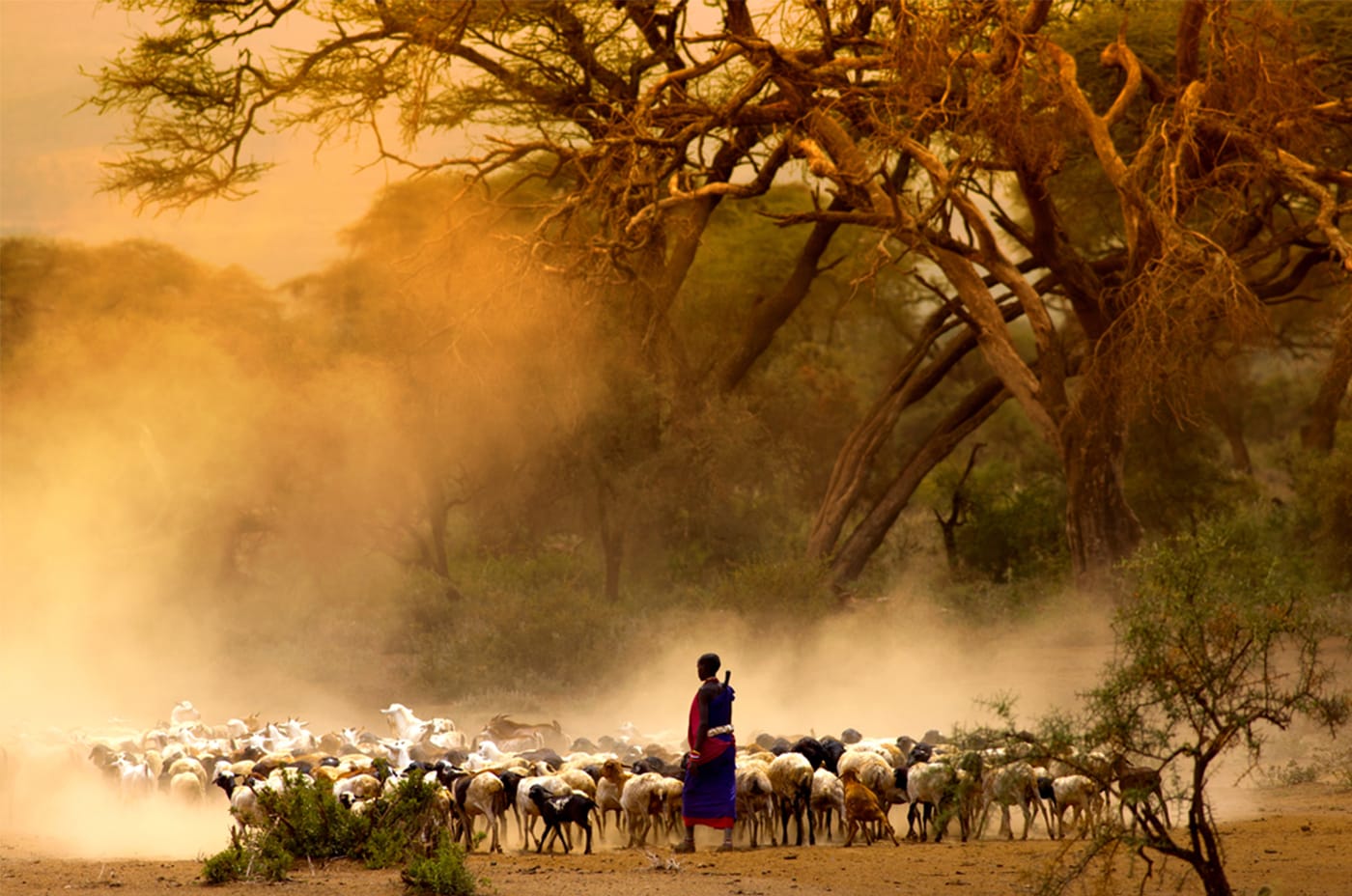
MARA CONSERVANCIES
The Mara Conservancies offer visitors the ultimate safari: the lowest tourism densities; incredible day and night game viewing; and authentic cultural interactions. But above all, these Conservancies are managed according to a model that protects the delicate eco-system and benefits the landowners themselves – the Maasai people.
Much of Kenya’s wildlife lives on rangelands outside the National Parks and National Reserves. These rangelands belong to a variety of landowners, some of them private individuals, some of them communities, and some of them groups of individuals on lands that were formally community owned but have subsequently been subdivided. Many of the landowners are pastoralists like the Maasai and Samburu peoples. Their lands comprise most of the key wildlife dispersal areas and migratory corridors bordering the country’s famous tourism destinations, such as the Masai Mara National Reserve, Amboseli National Park and Tsavo National Park. Few Protected Areas are self-sufficient ecosystems and were these landowners to decide to fence their land, plough it up for agriculture, or simply get rid of the animals, the country’s wildlife would become a shadow of its former self. The establishment of wildlife conservancies on the rangelands and dispersal areas beyond the parks and reserves has been an important step forward for conservation and instead of 6% of Kenya’s land being protected for wildlife, it may soon be 15% or more.
This could mean that the biggest winners will not just be the animals and conservationists but, as importantly, the landowning communities for whom wildlife will prove to be much more of a benefit than a cost. With the sub-division in recent years of much of the eco-system outside the Masai Mara National Reserve into small parcels of land, some far-sighted people realised that unless steps were taken to protect the area, this fragmentation of the outer Mara into individual plots could have a devastating effect on Kenya’s premier wildlife resource. They recognised that the sub-divisions could result in the loss of wildlife habitat with too many new tourist lodges mushrooming on parcels of land in ribbon developments along the Reserve boundary, as well as increased human settlement and buildings springing up, fencing and agricultural cultivation, intensive ranching with increased livestock causing over-grazing and other developments which would mean the loss of the former pristine wilderness which was the Mara. A number of stakeholders worked together to offer an opportunity for the individual Maasai landowners to put their plots of land together to form conservancies which could be leased by tourism partners to generate an income for the landowners from rents per acre and to create jobs and livelihoods for their families.
Within the conservancies there is a maximum of 1 tent per 700 acres and no more than 12 tents per camp, in order to limit the scale of tourism and to minimise the number of tourist vehicles. This ensures a low-impact and more sustainable form of tourism. Following the first conservancy set up along these lines at Ol Kinyei in 2005, Olare Orok was next to adopt this model in 2006 and was followed by Motorogi, Mara North and more recently, Naibosho. By protecting the habitat for wildlife, the conservancies have helped to increase bio-diversisty as well as creating benefits for the communities and providing a more rewarding experience for tourist visitors. (Source: Maasai Mara Conservancies)
For detailed information: www.maasaimaraconservancies.co.ke






